At Intersolar North America 2018 it was clear that many engineers were considering the need for solar inverters to evolve to deal with new demands. One constant topic was how to deal with the upcoming NEC 2017 automatic shutdown requirements, another was integration of energy storage and car charging for homeowners, and a third was demand management.
I’ll start with SolarEdge because much of the NEC 2017 Automatic Disconnect conversation involved SolarEdge’s perceived market leading position. The company’s focus was elsewhere, including on how to expand their position in the residential solar power marketplace.
SolarEdge is targeting its electric vehicle charger and 1-2.5 kW solar inverter for the market for solar integrated at time of construction. The company’s CEO notes that most people who install a car charger don’t have an EV, but anticipate it coming.
pv magazine has a broader story with SolarEdge coming based on our interview at Intersolar.
With Chint Power Systems (CPS) making a move toward manufacturing in Texas, they were smart to grab a front door position at the convention. While their booth was large, and there was much to talk about, they took the time to give their perspectives on the coming NEC 2017 Module-Level Rapid Shutdown requirement. CPS also pointed out that Tigo and NEP products will be integrated into their systems come Q4 2018.
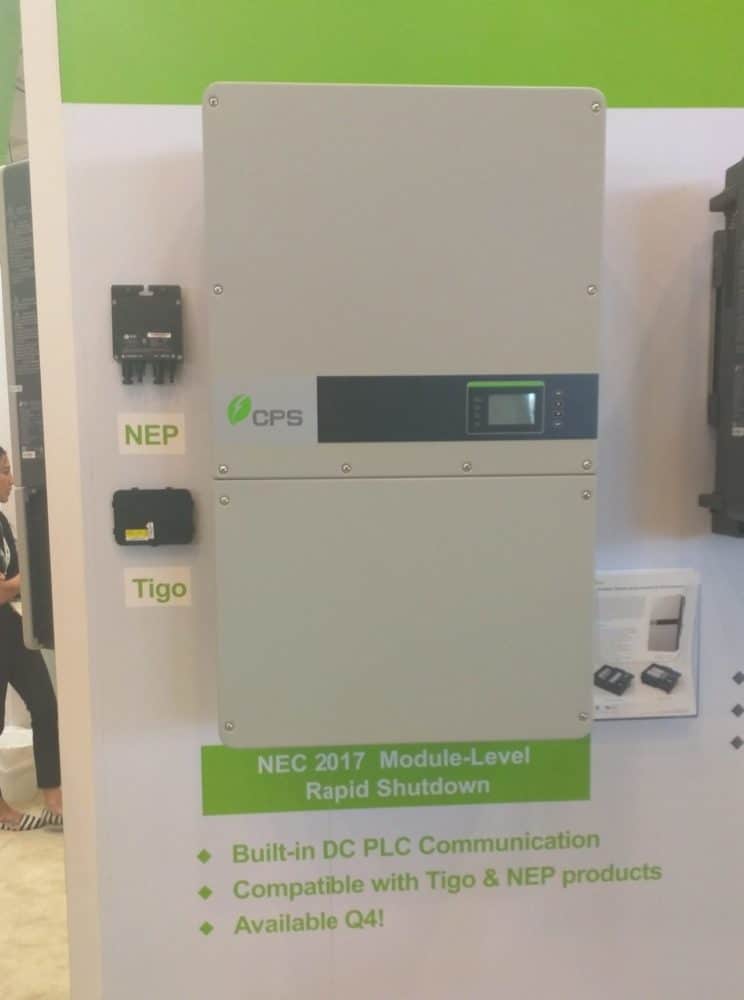
EnSync has been making waves by deploying intelligent energy storage systems that attack demand charges, with applications including complex multi-unit structures such as apartment buildings. In the image on the left, we see EnSync’s systems performing multiple brainy tasks, including managing solar power, energy storage, and the broader system requirements needed to do the complex work EnSync does with demand management.
Located near the EnSync booth was EnergPort, which offered similar system intelligence. One contribution that EnergPort has made for the commercial market is a demand management solution for smaller business, with their energy storage products going all the way down to 29 kW / 22.1 kWh. This flexibility of theirs, along with lower starting system size, gives the company access to markets that few are serving just yet.
Delta’s residential system seemingly wishes to offer a Swiss knife to its customers – car charging, AC and DC coupled energy storage options, rapid shutdown, and a critical load electric panel – oh yeah, plus a solar power inverter.
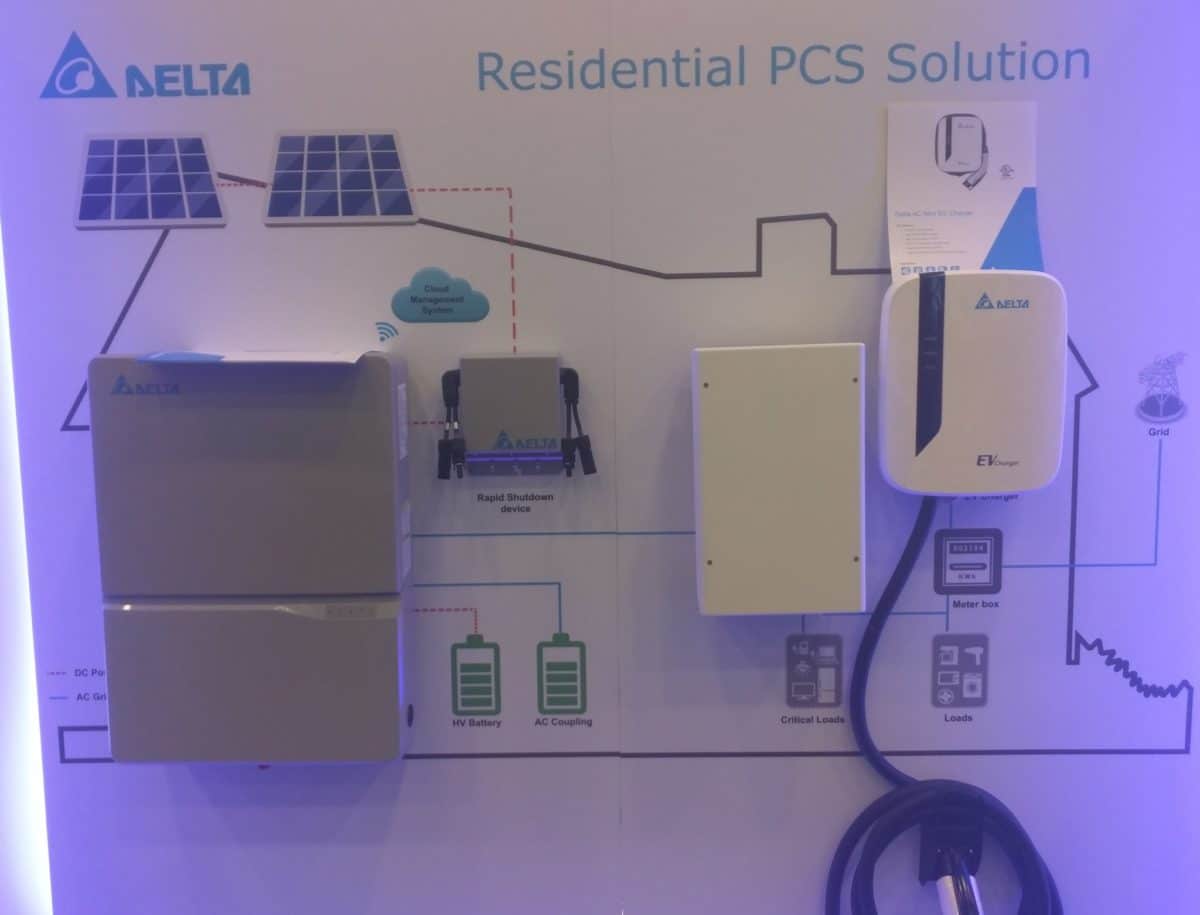
Microinverters sitting on the roof have always made me nervous from a temperature standpoint and a water standpoint. Hoymiles worked hard to stress that you shouldn’t worry about these things, and we are convinced.
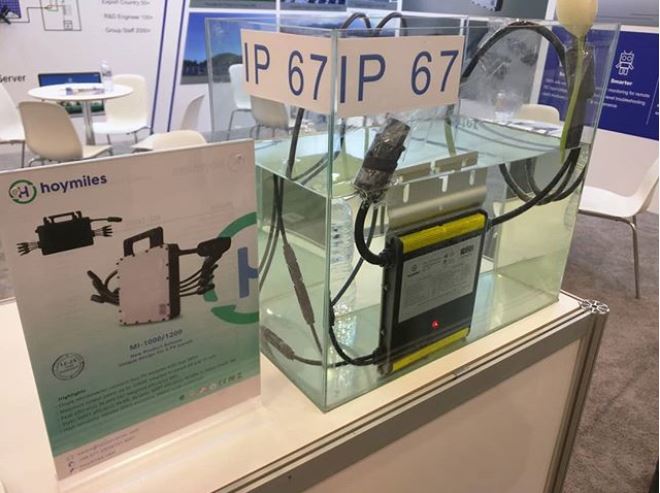
One weakness in our coverage of inverters, and we will make up for it, is that there was a lot more off grid, and energy storage focused inverter management. For instance, MidNite Solar was showing off its beautiful charge controllers.
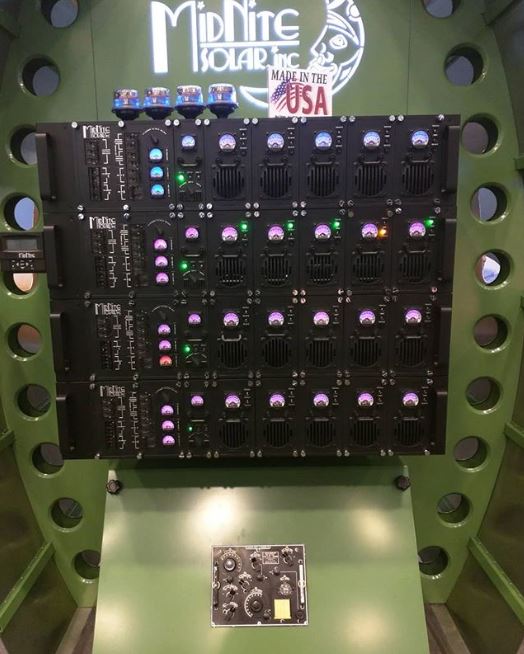
As we switch from solar power being grid edge to being a ‘solar power plant’ and a grid design driver, the solar inverter has continued to increase in importance and competence. Today’s cutting edge inverters need be able to intelligently integrate the benefits of energy storage alongside their delivery of solar-generated electricity, while considering that the grid needs its frequency services just as much as the aforementioned electricity. We are moving towards a situation where the grid and the inverter are one and the same, with solar electricity their favorite client.
Please also read pv magazine’s coverage of solar panels and solar racking at Intersolar North America 2018.
This content is protected by copyright and may not be reused. If you want to cooperate with us and would like to reuse some of our content, please contact: editors@pv-magazine.com.
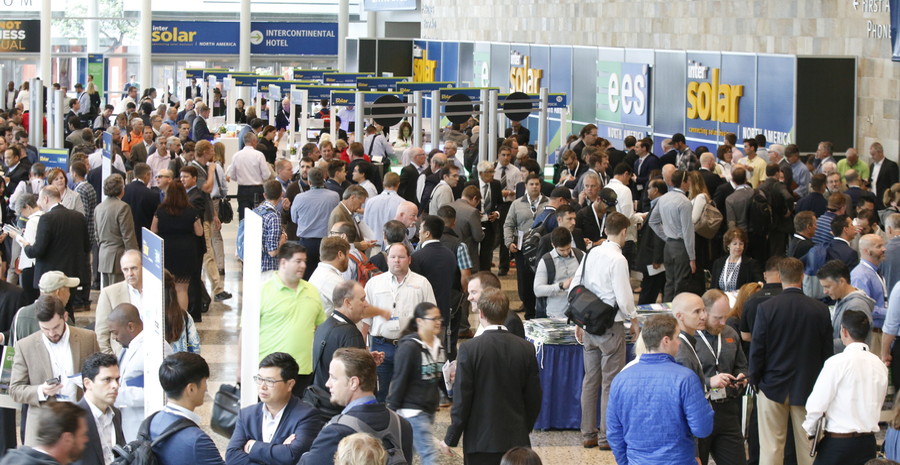










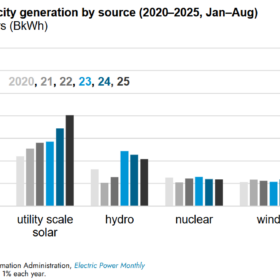


Interesting.
Thanks for the great exposition on what went down at the exhibition program.
Thanks so much for the blog. Thanks Again.